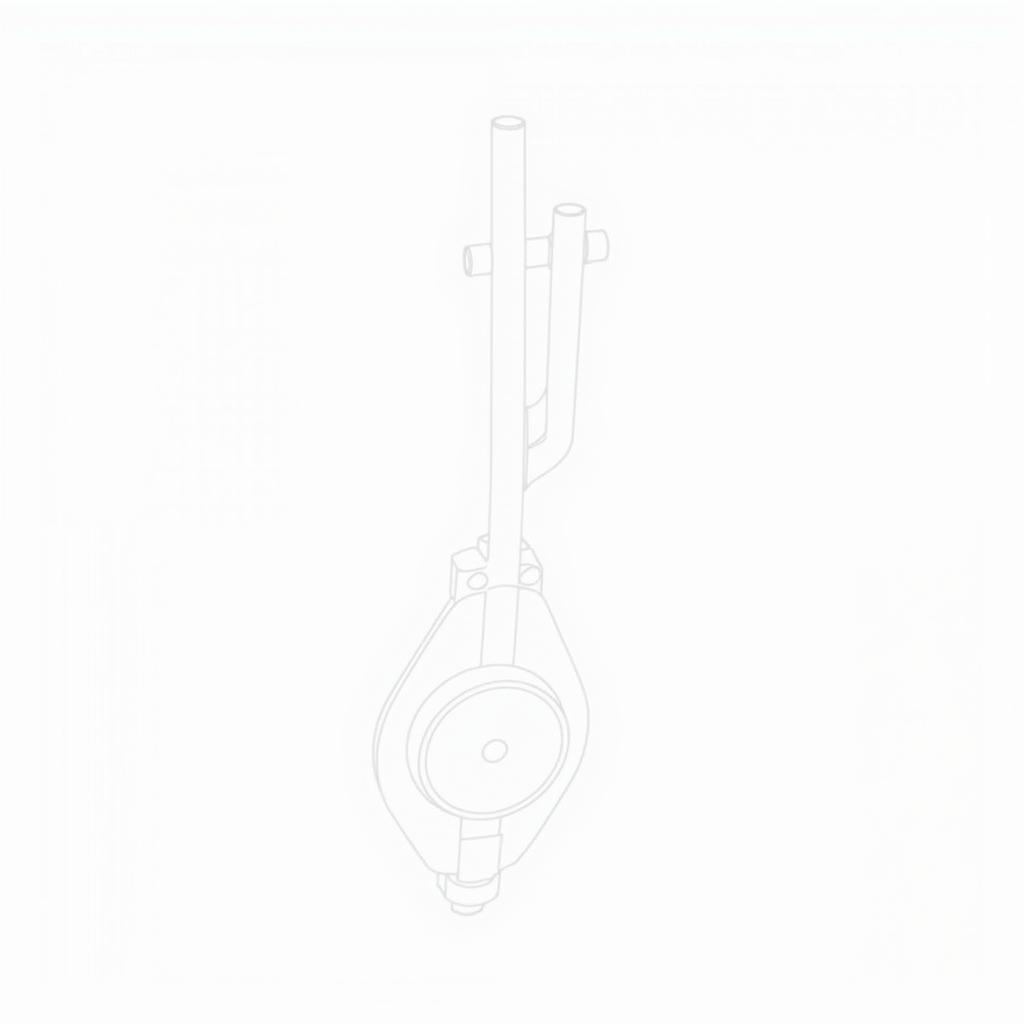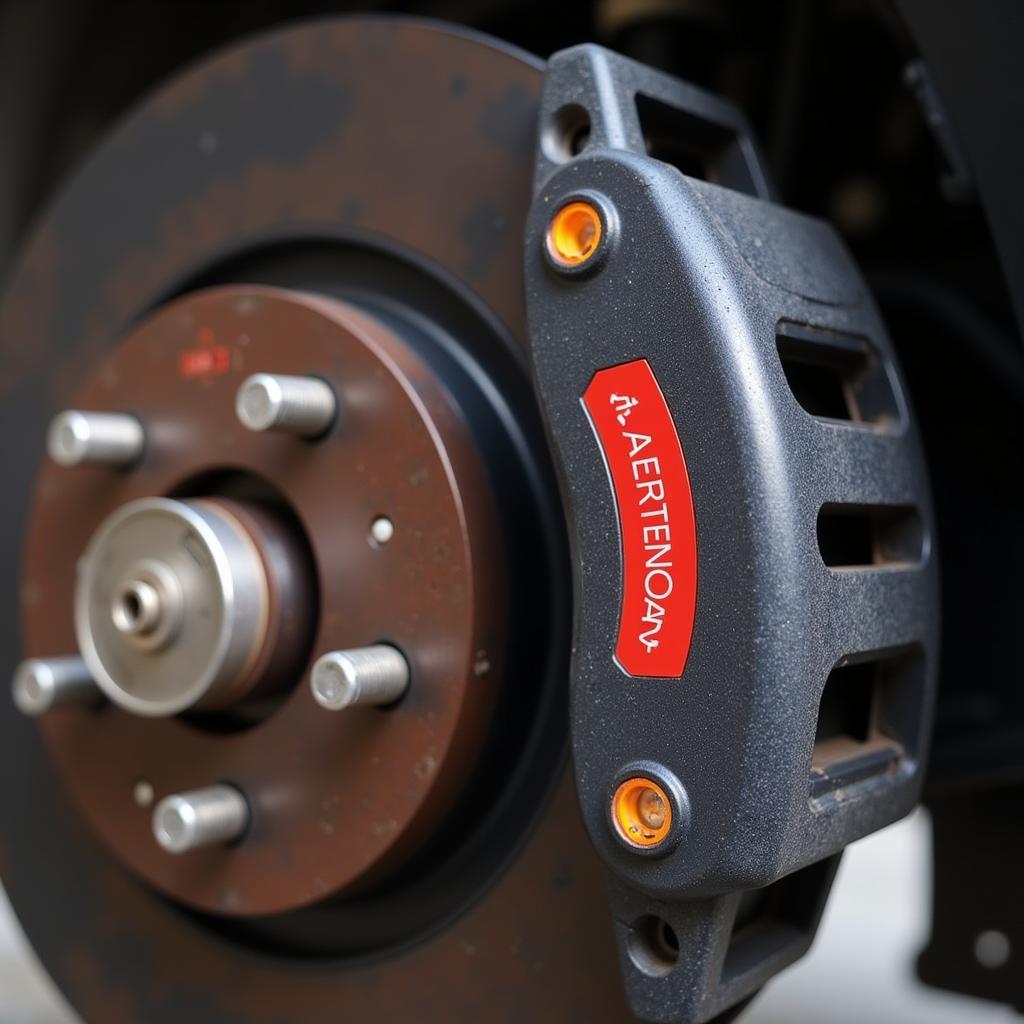The brake warning light on your 1995 Dodge Ram is a crucial safety feature, illuminating when it detects a problem within the braking system. Whether it’s a persistent glow or an intermittent flicker, understanding the signal path can help you pinpoint the root cause. This article dives deep into the 1995 Dodge Ram brake warning signal path, empowering you to diagnose and address the issue effectively.
Common Causes of Brake Warning Light Activation
Before delving into the signal path itself, let’s address the common culprits behind a lit brake warning light:
- Low Brake Fluid: The most frequent offender, low brake fluid, usually indicates a leak in the system or worn brake pads.
- Faulty Brake Light Switch: This switch, often located near the brake pedal, signals the brake lights to activate when you press the pedal. A malfunctioning switch can disrupt the signal path.
- Worn Brake Pads: Designed with wear indicators, brake pads trigger the warning light when they thin out, signaling the need for replacement.
- ABS Issue: If your 1995 Dodge Ram has Anti-lock Brakes (ABS), a problem with the ABS system, such as a faulty wheel speed sensor, can also illuminate the brake warning light.
Understanding the Signal Path
The brake warning signal path in your 1995 Dodge Ram follows a logical sequence:
- Brake Fluid Level Sensor: This sensor, located in the master cylinder reservoir, monitors the brake fluid level. When the fluid drops below a certain threshold, the sensor sends a signal.
- Brake Light Switch: When you depress the brake pedal, this switch closes, completing a circuit.
- Instrument Cluster: Both the brake fluid level sensor and brake light switch send their signals to the instrument cluster, where the brake warning light resides.
- Brake Warning Light: Upon receiving a signal from either the sensor or switch, the brake warning light illuminates, alerting you to a potential issue.
 Diagram of 1995 Dodge Ram Brake System
Diagram of 1995 Dodge Ram Brake System
Diagnosing the Problem
Now that you understand the signal path, here’s a step-by-step guide to diagnose the problem:
- Check Brake Fluid Level: Open the hood and inspect the brake fluid level in the master cylinder reservoir. If it’s low, there’s likely a leak or your brake pads are excessively worn.
- Inspect Brake Light Switch: Locate the brake light switch near the brake pedal. With the ignition off, depress and release the brake pedal while listening for a clicking sound from the switch. If you don’t hear a click, the switch may be faulty.
- Examine Brake Pads: Check your brake pads for wear. If they are thin or you notice metal-on-metal contact, it’s time for a replacement.
- Consult a Professional: If you’re unable to pinpoint the issue yourself, it’s crucial to consult a qualified mechanic specializing in 1995 Dodge Ram vehicles. They have the expertise and tools to accurately diagnose and repair the problem.
“Always prioritize safety when dealing with brakes,” advises John Miller, a seasoned automotive electrician. “If you’re uncertain about any aspect of the diagnosis or repair, err on the side of caution and seek professional help.”
Conclusion
Addressing a brake warning light quickly ensures your safety and prevents further damage to your 1995 Dodge Ram’s braking system. By understanding the signal path and following the diagnostic steps, you can take charge of the situation. Remember, a well-maintained braking system is paramount for safe and reliable driving.

